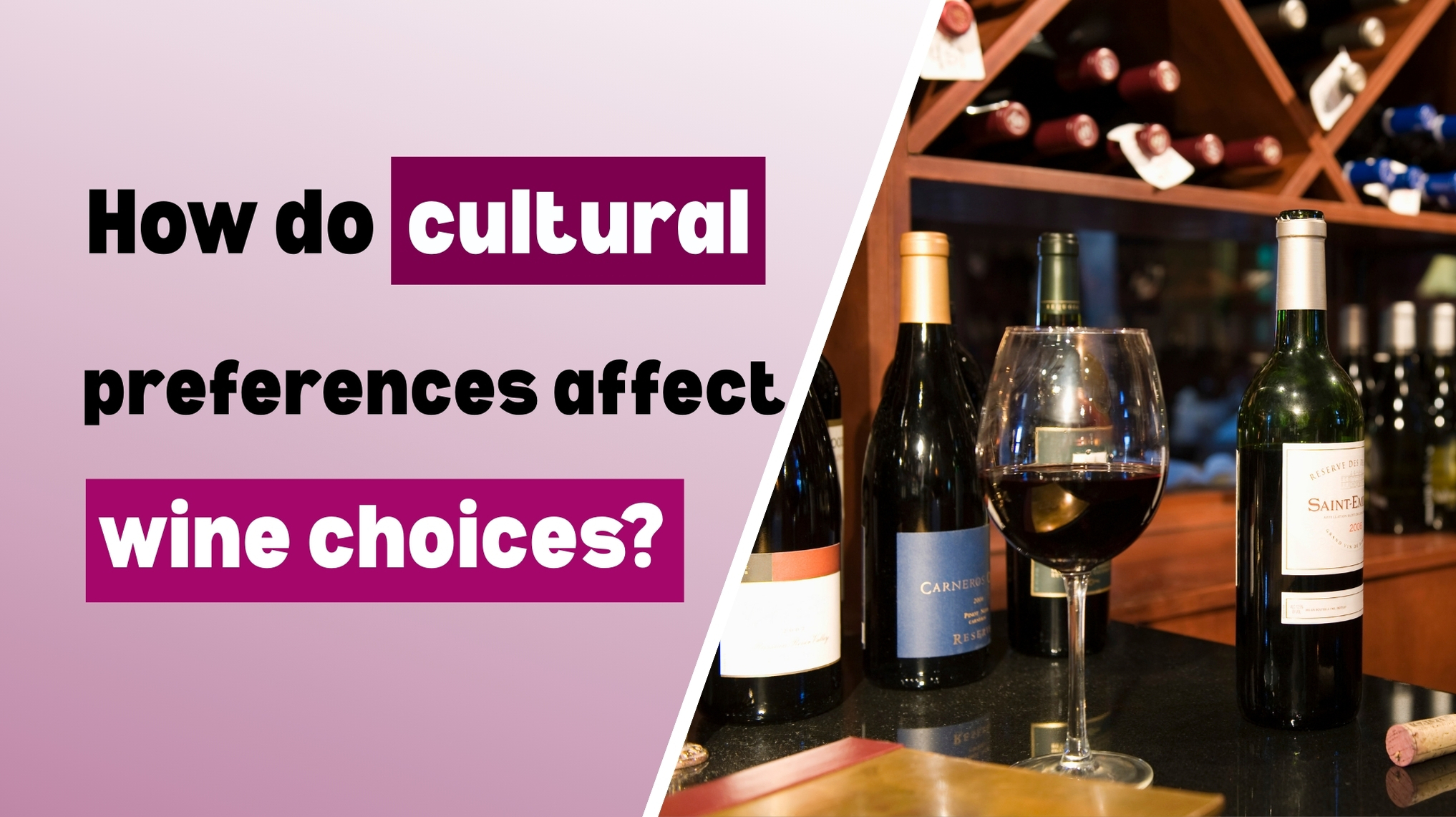How do cultural preferences affect wine choices?

Introduction
Wine is more than just a beverage—it's a cultural symbol interwoven with history, food traditions, and lifestyle. Across the world, how consumers perceive and choose wine is shaped by local cuisines, heritage, and lifestyle norms. Understanding these cultural nuances can help wineries tailor their product development, marketing strategies, and customer experiences to resonate more deeply with diverse audiences.
Understanding Cultural Mindsets in Wine
Consumers build mental associations with wine based on their cultural context. These mental models influence perceptions of what “red wine” or “white wine” should taste like, how it should be packaged, and even when it should be consumed.
For example, traditional wine descriptions using terms like “masculine” or “feminine” are being re-evaluated. In many markets, consumers prefer inclusive, sensory-focused language that emphasizes aroma, flavor, and mouthfeel—making wine more relatable and accessible.
Regional Taste Preferences in Wine
Asia-Pacific Palates
China: Consumers often prefer wines with a hint of sweetness, moderate acidity, and soft tannins, aligning with culinary preferences that avoid bitterness. Half-dry white and red wines have steady popularity among urban buyers.
Japan: A mature and discerning market, Japanese wine drinkers often select light, elegant wines that pair harmoniously with delicate cuisine. Koshu wines and health-forward choices appeal to this demographic.
South Asia Wine Insights
India: Wine consumption is growing among young urban professionals who view it as a symbol of status. Popular varietals include full-bodied Shiraz and Chenin Blanc. Festivals and social events fuel demand for approachable, easy-drinking styles, particularly sparkling and off-dry wines.
European Traditions and Terroir
In established wine cultures like France, Portugal, and Italy, wine preferences are strongly influenced by regional terroir and tradition. Authenticity is key—consumers expect varietals that express local identity, and traditional packaging (glass bottles, corks) remains important. New packaging formats must balance innovation with respect for tradition.
The Americas: Variety, Value, and Storytelling
United States: A trend-driven market, U.S. wine drinkers—especially Millennials and Gen Z—are drawn to sparkling wines, rosés, and low-alcohol options. Storytelling about vineyards, sustainable practices, and social values enhances emotional connection.
Latin America: Consumers favor bold, fruity reds that complement grilled meats and flavorful dishes. Indigenous varietals like malbec and carmenère are popular both locally and in export markets.
Cultural Influence on Wine and Food Pairings
Food traditions heavily influence wine choices:
China: Cantonese and Sichuan dishes lead consumers to choose wines with balanced acidity that can cut through rich or spicy flavors.
Japan: Light whites and soft reds are preferred for subtle dishes like sushi and kaiseki meals, highlighting wine’s role in enhancing harmony.
India: Innovative pairings between sparkling rosés or semi-sweet whites and Indian street foods like samosas or pakoras are gaining popularity, especially at cultural festivals and tasting events.
Marketing Strategies Tailored to Cultural Contexts
Use of Inclusive, Sensory-Based Language
Instead of technical or gendered terms, wine descriptions should focus on relatable sensory attributes—such as “notes of plum,” “silky texture,” or “refreshing finish.” Using native fruits or regional spices as metaphors creates familiarity and enhances interest.
Participation in Local Events and Collaborations
In-market presence at festivals, culinary fairs, and regional wine expos builds cultural credibility. Collaborating with local chefs, influencers, and sommeliers creates social proof and authentic engagement.
Culturally Relevant Product Innovation
Developing wines that reflect local tastes can drive consumer loyalty. For instance:
Lighter, “half-dry” wines for Chinese drinkers
Koshu-inspired wines for Japanese pairings
Robust reds with spice-friendly profiles for Indian consumers
Even producing traditional styles in new regions—like California-based Japanese Koshu wines—can tap into cultural pride and niche demand.
Case Studies in Cultural Wine Alignment
China: Domestic wineries focus on promoting native grape varietals to compete with imports, emphasizing cultural authenticity.
India: Wineries in Nashik are increasingly active at food festivals, using local pairings to educate and attract new consumers.
Europe: Family-run vineyards in Portugal and Italy use storytelling, tradition, and regional pride to maintain customer loyalty and boost direct-to-consumer sales.
SEO Best Practices for Wine Marketing with Cultural Focus
Targeted Keywords: Use long-tail keywords such as “Japanese wine pairings,” “Indian wine preferences,” or “Chinese consumer wine trends.”
Localized Content: Provide region-specific pages with translated meta tags and content in languages like Mandarin, Hindi, or Japanese.
Structured Layout: Break down content into clearly labeled sections using H2 and H3 headings for easy scanning and higher dwell time.
Engaging Media: Use interactive features like taste profile charts, infographics, and short videos to visualize regional preferences and traditions.









